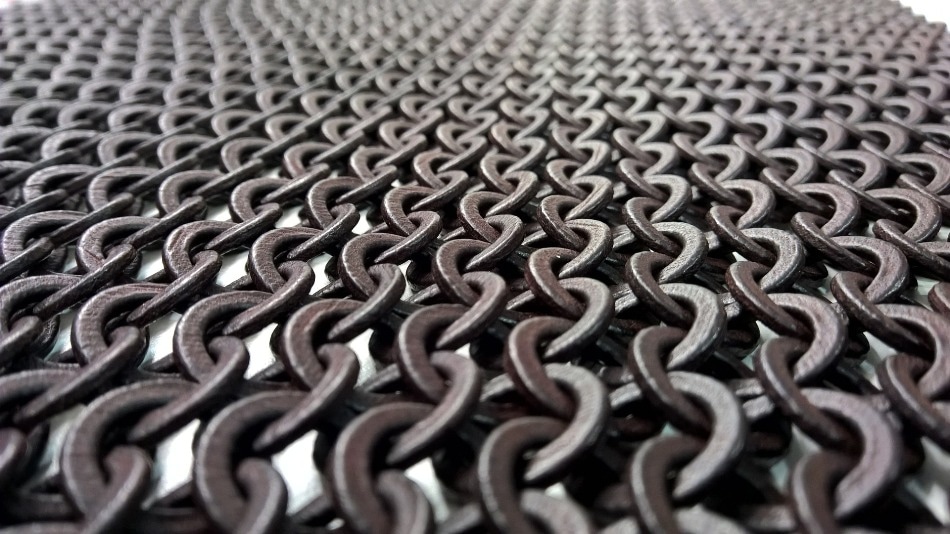Additive Manufacturing (AM) is sensitive to powder variability when applying fine layers in a uniform manner. This process, often referred to as “spreading”, demands a high degree of consistency and repeatability in the feedstock.

Particle size is often used as a critical quality attribute (CQA), but studies suggest this is not sufficient to fully qualify spreadability. Indeed, it is inadequate to suggest that any parameter from a single test, e.g. Hall Flowmeter or Hausner Ratio, can comprehensively describe a powder’s characteristics. In a recent paper, ‘The Application of Powder Rheology in Additive Manufacturing’, four case studies demonstrate the limitations of single parameter characterisation and how the rheological properties of several metal powders used in AM applications are used to establish in-process performance.
- In the first study, the significantly reduced permeability and increased specific energy of a one batch of powder demonstrate a clear link to poor spreadability, in particular inconsistent layer uniformity.
- The second study investigates the impact of metal powder manufacturing methods and suppliers and shows how shear properties alone cannot be relied on to identify properties that influence the process.
- The effect of additives on the processability of polymer blends used in AM is also evaluated and the results show that even small quantities can have a significant effect on the permeability and basic flowability energy of feedstocks.
- The final study demonstrates how rheological measurements can be used to identify the optimum blend of fresh and used material when reusing metal powders to manufacture components.
These case studies illustrate the ability of a modern powder rheometer to detect minor variations in powders that are directly relevant spreadability and overall performance in AM processes in a way that traditional characterisation methods cannot.
Please visit the Freeman Technology website to download a copy of the whitepaper.